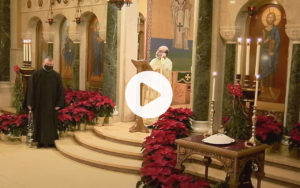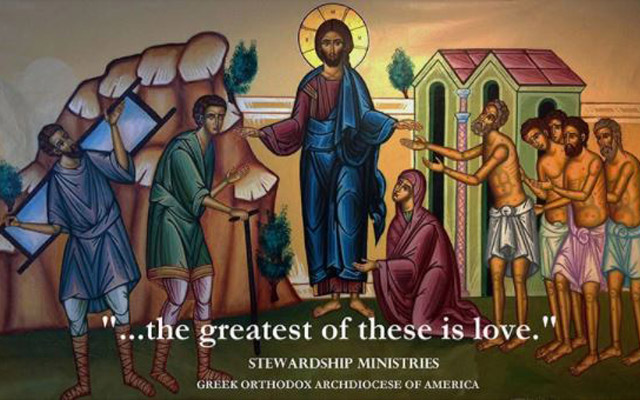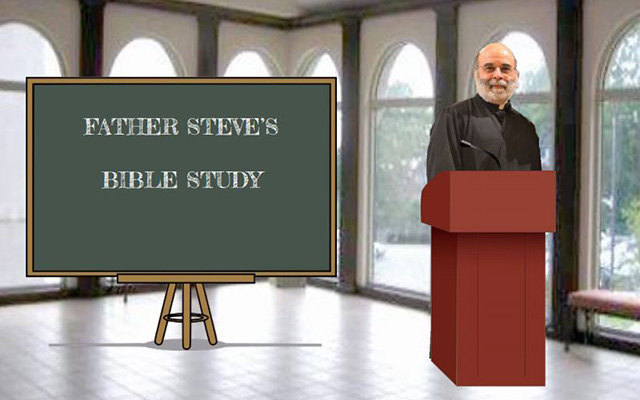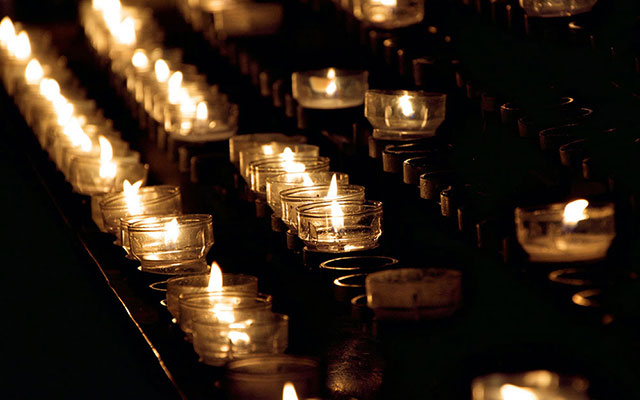The Purpose and Method of Christian Life (Part IV). The Goal and Telos of Christian Life (Part IV)
In this vein, the difference between the kingdom of God and God himself can begin to blur in the words of the Abba. For example, he notes that the reason Christians pursue their goal, purity of heart, is to attain the telos of a permanent connection not just to holy things, ideas or states associated with God, but to God himself. This, then, must be our primary undertaking-chis the never-altered destination and never-failing pursuit of






